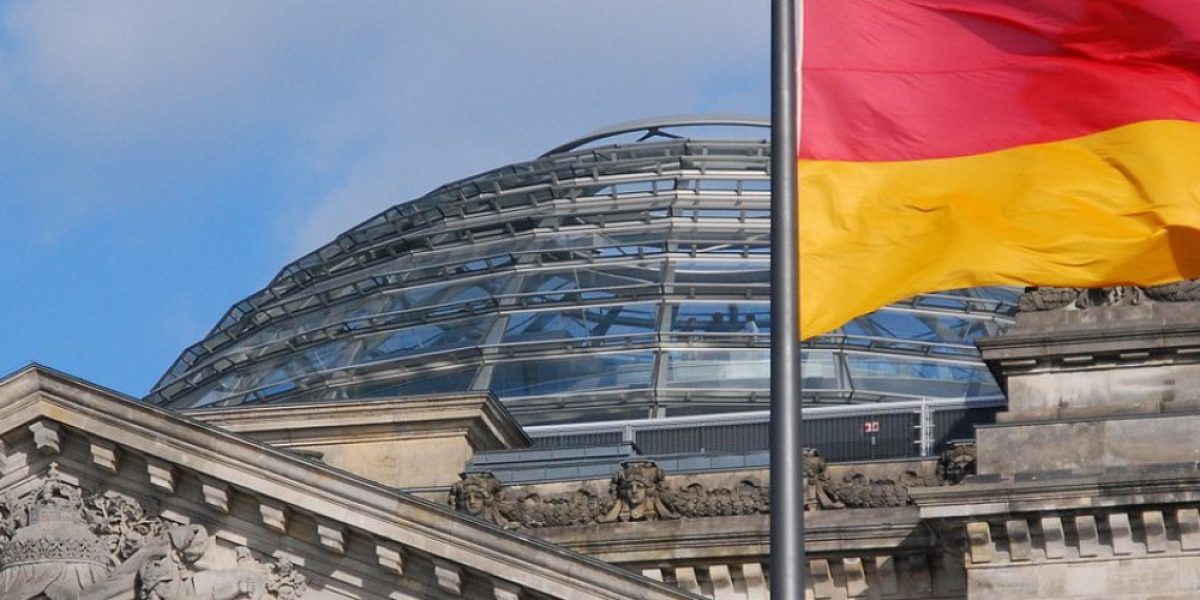– Andrew Macken
It has been a hallmark of the current US Presidency to threaten and even completely undermine its geopolitical alliances. In recent weeks, allied Kurdish forces in Syria were abandoned with little warning by the US military on surprise orders from the President. In recent months, financial and military support for allied Ukraine was held up for domestic political purposes – in a saga that will almost certainly result in the impeachment of the President. And even NATO, arguably the most important military alliance in the world, is not a favourite of the current President’s. The President has called NATO “obsolete” and has criticized countries like Germany for not investing enough in their armed forces.
Against this backdrop, the US military is losing its competitive edge. Its power is unquestionably diminishing. This was well articulated in a recent paper by The United States Studies Centre (USSC) of the University of Sydney, titled: “Averting Crisis: American Strategy, Military Spending and Collective Defence in the Indo-Pacific.”
“America’s Joint Force — the combined strength of its five military services — no longer has the resources, force structure, technological edge or operational concepts to fully achieve its global commitments.” As can be observed by the chart below, even the manpower of the US armed forces has been in structural decline.
Size of active duty force over time

Source: Defense Manpower Data Center
Against this backdrop, China has been aggressively expanding and modernising its armed forces. According to the USSC:
“Since the mid-1990s, China has rapidly transformed its military from an antiquated Soviet-era institution into a sophisticated fighting force that is optimised to challenge American power projection assets. This has occurred on the back of stellar economic growth. Chinese defence spending rose by approximately 900 per cent between 1996 and 2018, permitting the People’s Liberation Army (PLA) to sustain an impressive tempo of military modernisation across most key capability areas.”
China’s missile inventory, 2004-2019

Source: Office of the Secretary of Defense, Calculations by the United States Studies Centre
The context outlined above creates a very real risk for allied nations of the United States who rely on its military power their own security. And Australia falls squarely into this category. The United States-Australia alliance has been at the core of Australia’s defence strategy for decades. Now, all of a sudden, the US military upon which Australia relies on for support is in relative decline; and the probability of the US abandoning its ally altogether has increased from effectively-zero to non-zero (albeit still small, in all likelihood).
As the USSC put it:
“The state of the US military and its questionable ability to execute a strategy of conventional deterrence in the Indo-Pacific should be of grave concern to policymakers in Australia and other like-minded countries.”
The USSC goes on to make a number of sensible recommendations, not least of which involves significantly increasing its munition and fuel stockpiles.
“Australia should increase its stockpiles and create sovereign capability in the storage and production of precision munitions, fuel and other materiel necessary for sustained high-end conflict. Current stockpiles of critical munitions… are highly unlikely to be sufficient for even a minimal Australian involvement in a high-end deterrence or warfighting campaign in Northeast Asia.”
It is perhaps no surprise, therefore, that Australia is spending heavily on defence. As pointed out in the AFR in recent weeks:
“… the Australian Strategic Policy Institute’s analysis of the defence budget shows it is on track to go beyond 2 per cent, hitting 2.21 per cent in 2022-23. In dollar terms, a report by the Parliamentary Budget Office last week forecast defence spending to effectively double to $71 billion over the next decade.”
And this growth in spending has benefited a German defence business called Rheinmetall (Deutsche Boerse: RHM), a Montaka portfolio holding. Rheinmetall is a global leader in precision military weapons and munitions. In 2018, 15% of Rheinmetall’s defence sales was to Australia and New Zealand.
But the much more significant opportunity for Rheinmetall stems from the defence budget of its own Fatherland: Germany. In May 2019, Germany announced the biggest increase to its military budget since the end of the Cold War. And yet, this military spending will still come in at only 1.35 percent of Germany’s GDP – well short of the two percent commitment that NATO allies have made.
And this was before the Germans observed how the Kurds and Ukrainians have been treated by their US ally. The situation faced by the Germans today is starkly different to what they have been used to for decades.
In 2017, German Chancellor Angela Merkel announced that: “The times in which we could completely depend on others are on the way out… We Europeans have to take our destiny into our own hands.”
It is surely a near-certainty that Germany – as the unequivocal leader and central power of the European Union – will need to take the lead in significantly increasing its investments in defence in the years and decades ahead. And when they do, Rheinmetall will no doubt benefit from this investment.
Montaka’s funds own shares in Rheinmetall (Deutsche Boerse: RHM).

Andrew Macken is the Chief Investment Officer of Montaka Global Investments. To learn more about Montaka, please call +612 7202 0100.





